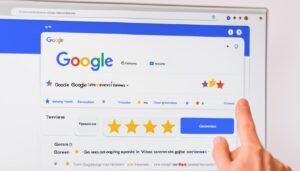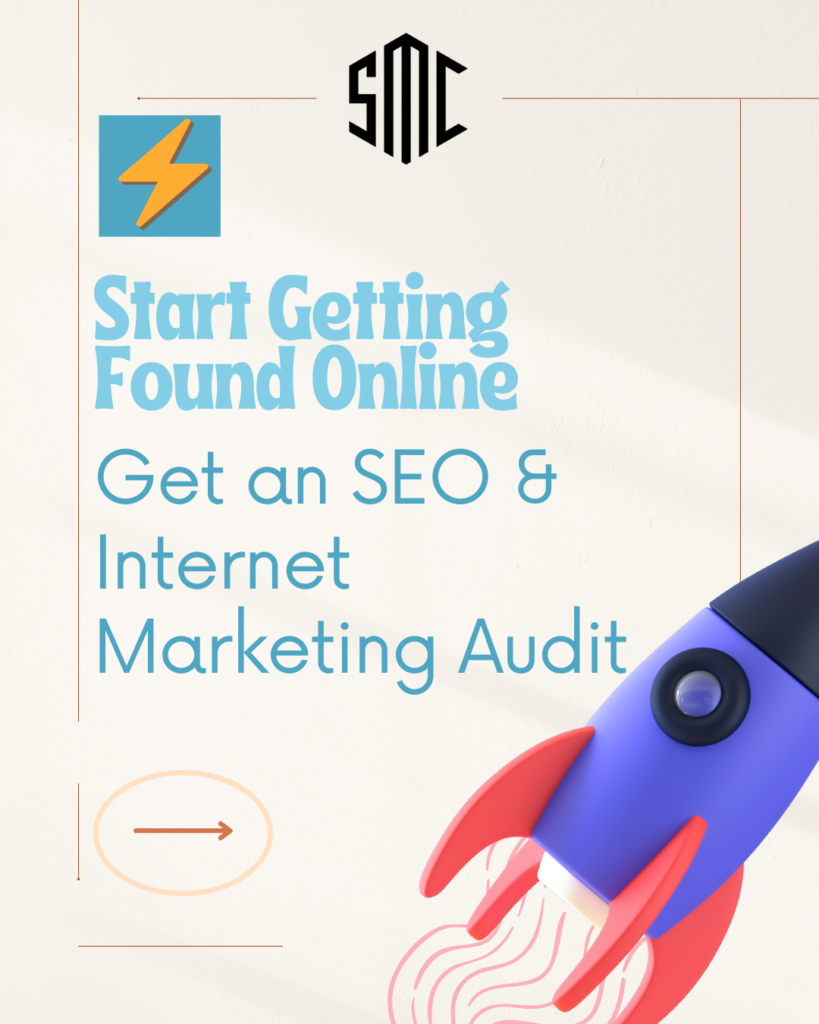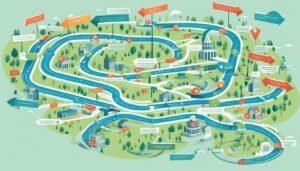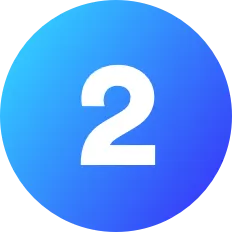As business people, we know finding a good, consistent lead source is key to success. A lead generation funnel helps us reach this goal. The process starts with a compelling call-to-action that grabs the attention of potential customers and entices them to take the next step. Once they are hooked, the lead capture phase begins, where businesses collect valuable information from their prospects.
But, a lead funnel is more than just gathering contact details. It’s about nurturing these leads and guiding them through the sales pipeline. This process allows businesses to build a relationship with their potential customers, gaining their trust and eventually converting them into paying clients.
In this article, we will explore what exactly a lead generation funnel is and how it works. We will delve into the different stages of the funnel, discussing the crucial steps needed to effectively generate leads and drive business growth.

Key Takeaways
- A lead generation funnel is a strategic framework for getting and converting qualified leads into customers
- The funnel consists of several stages, including awareness, interest, appraisal/desire, action/confirmation, and conversion.
- Lead magnets, CTAs, and email marketing are crucial components of an effective lead generation funnel.
- Optimizing the funnel through data analysis, quick turnaround times, and automation can help businesses generate more qualified leads.
- Understanding the different stages of the lead generation funnel is essential for creating a successful inbound marketing strategy.
Defining a Lead Generation Funnel
A lead generation funnel has five key phases: awareness, interest, making decisions, action, and becoming a customer6. Each phase relies on special ways to attract and keep leads onboard, guiding them towards buying6.
Phases of the Lead Generation Funnel
In the beginning, potential customers get to know your product or service6. They do things like click on ads, read blogs, or fill out a contact form7.
Next, they move to the interest phase by showing more interest in what you offer6. They might ask for a demo, join a free trial, or message a team member7.
As they get to know your product more, they might ask questions or even buy it6. This is the appraisal/desire stage7.
When they’re ready, they make the final move to become your customer6. This step, turning leads into customers, is the longest part of the process7.
Finally, they actually buy your product or service, becoming your customer6. Knowing the journey your customer takes is key to making the lead generation process better, leading to more sales and revenue876. Each industry is different and has a different roadmap for the lead to customer journey.
Building a Lead Generation Funnel
Constructing a successful lead generation funnel means looking at several key steps. First, find who your target customers are. Learn what they struggle with and how they buy9. There are three main types of leads: Marketing Qualified Leads (MQLs), Sales Qualified Leads (SQLs), and Sales Accepted Leads (SALs)9.
Next, you need to make something your audience finds valuable. This could be content or lead magnets. Aim to catch their eye and get them interested10. These funnels usually have five parts: a landing page, something to draw them in, a form to collect their info, a thank you page, and emails that go out automatically9. Using ads to attract visitors to your landing pages is a common tactic9.
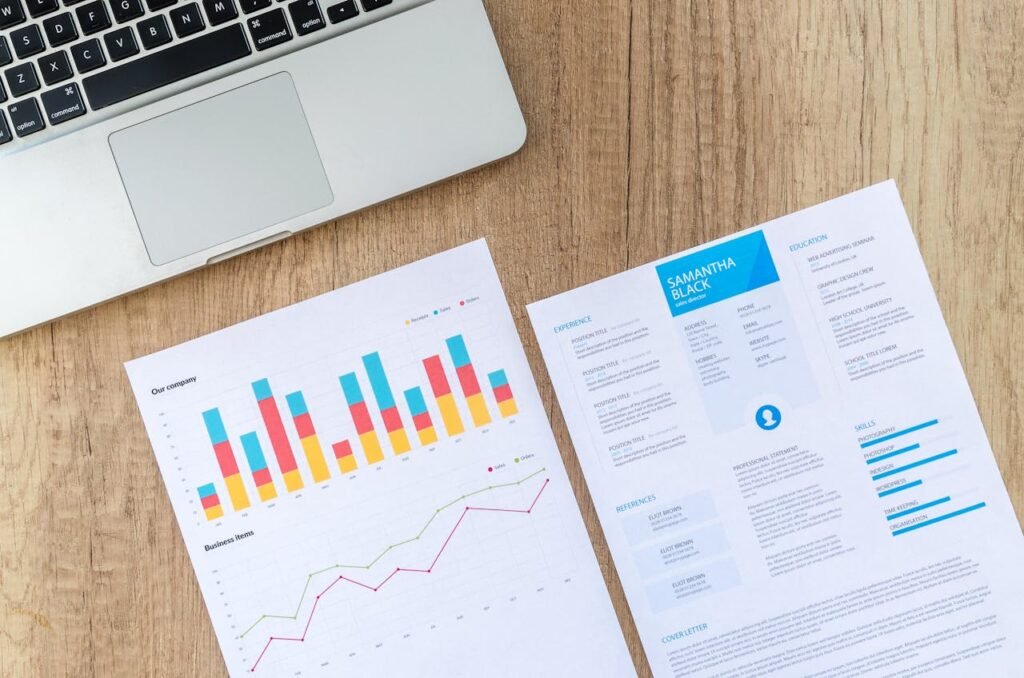
After that, use Calls-to-action (CTAs) to push people further into your funnel. Meanwhile, set up emails that guide them. This helps warm up the leads and steer them towards buying10. Having a clear plan for every step of your funnel is key to achieving your goals10.
Keep tweaking your funnel as you learn what works best. Use data and feedback to improve. Measuring things like website visits, how many people see your page, their click rates, and how many actually buy can show what’s going well and what needs work11.
Following these guidelines and using smart lead generation tactics can build a strong, effective funnel. This kind of funnel will draw in, nurture, and change those leads into buyers10911.
Find Your Target Customers
Before making a lead generation funnel, you must know who your customers are. Start by digging deep to know your ideal customer. This means studying their needs, wants, and shopping habits12.
Social media is a powerful tool with billions of users. To make the most of it, you need to figure out who you are talking to. Take time to draw their path to becoming your customer. By doing this, you can improve how you reach them and turn more leads into sales12.
Knowing what your customers go through and then creating content just for them is key. By using tools like Google Analytics and watching how customers interact, you can make your funnel work better13. This process helps move potential buyers closer to making a purchase13.
Spending time on target customer research pays off big time. With this knowledge, you can create content that really speaks to your ideal client. It’s the first and crucial step in making a lead funnel that pulls in, guides, and converts your targeted viewers14.
Create Great Content (and Other Lead Magnets)
In the digital marketing world, catching your audience’s eye is key. We must craft value-driven content that speaks to their needs. Various forms like blog posts, guides, and more help attract prospects. These materials are called “lead magnets”. They entice folks to share their info for the content, helping us move them through the lead generation funnel15.
Old-style ads are often skipped. People now search for truly valuable content16. Creating content that really speaks to our audience builds trust. This trust leads to more conversion optimization16.

Good lead magnets are crucial. They let us collect useful data and steer leads17.. By offering things like videos or free trials that solve real problems, we attract and hold our audience’s attention17.
Putting effort into content marketing and top-notch lead magnets is vital. These draw in the right people and move them towards becoming customers. It’s the core of a successful lead generation funnel. The focus is on providing real value and gaining trust15.
Lead magnets go beyond just getting email addresses. They showcase our skills and make a great first impact. When we offer outstanding content and experiences, we become a trusted source. This guides our leads towards choosing us17.
Use CTAs to Drive Traffic Down the Funnel
Calls-to-action (CTAs) are key in pointing prospects the right way in the lead generation funnel. Sticky CTAs, like banner ads, stick around for users to see while they move the page. They push for quick action. Exit CTAs, however, pop up when a user starts to leave, catching those who need a bit more convincing18.
Placing these CTAs well on your site and in your content is vital. It can pull more people down the funnel and help snag more leads. Good CTAs mean more sales and more visitors, benefiting both clients and marketers18. A clear CTA avoids confusion. Plus, a variety of CTA buttons offer navigation clues for your site’s visitors18.
Sticky CTAs and Exit CTAs
CTA buttons can go in many spots, like at the top of a page, after a blog post, or in a pop-up. They even work in the middle of a long read to keep attention. Placing them right can up your conversion rates18. Urgent CTAs often get more clicks. And using compelling words boosts interest18.
To see how well your CTAs work, keep an eye on the click-through rate18. Tweak and adjust your CTAs to guide prospects better and catch more leads18.
Engage Leads with Email Marketing
In the lead generation game, email marketing stands out as a prime player. It’s excellent for warming up potential customers and leading them to buy. By dividing your email list by how subscribers act and what they like, you can send custom, automatic emails. These messages can provide lots of value and help build a solid relationship with your leads19. You might send them welcomes, tips, or special deals, all to move them further along the process.
When it comes to companies selling to other businesses, email marketing shines even more. A big 83% of these businesses say it’s their top marketing method19. Yet, surprisingly, many don’t put much money into it. Forty-two percent of B2B marketers have a small budget for emails19. This means there’s a big chance for businesses to use email better and get ahead of their competition.
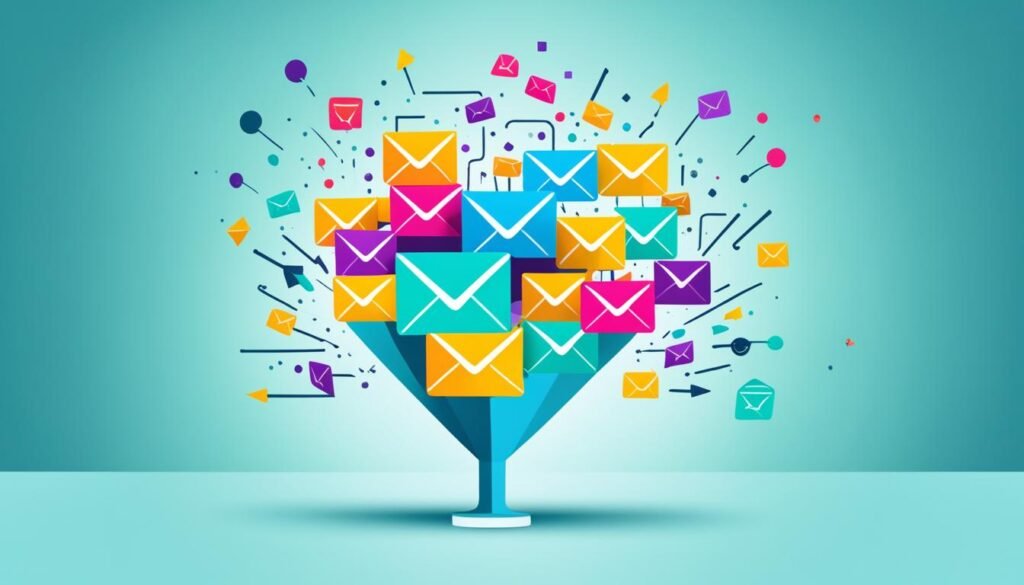
To really catch your leads’ attention and guide them during their shopping journey, your emails must be interesting. Making your emails personal can make more people open, read, and act on them, and also keep them from leaving your list19. Offering special reports or helpful guides can pull in more leads. People will gladly give you their email for these treasures19.
Add the fact that email marketing is usually quite cheap. On average, for every dollar you spend, you could make $36 back in 202220. By breaking down your email list, setting up automatic emails, and always seeking to do better, you can really make the most of this tool. This can push leads ahead in the buying process and bring them to buy211920.
Tips for Optimizing Your Lead Generation Funnel
Optimizing your lead generation funnel is key for growing your business. By updating your strategies, you draw in more good leads, guide them rightly, and make them loyal customers. Here are steps to better your lead generation funnel:
Start with lead qualification. It’s important to note that not all leads are the same. By spotting the best prospects, you save time and resources22. Over 50% of shoppers use Google to explore new brands or products. So, make sure your strategies match what your audience is looking for.
Then, use workflow automation tools. These tools can handle tasks like scoring leads, nurturing with emails, and follow-ups, so your team can do bigger things22. For example, Visme offers forms templates that work great on mobile. This boosts how well your strategies work.
Next, don’t forget about A/B testing. Try out different content, calls-to-action, and landing pages to see what works best23. Since 63% of companies see getting more traffic and leads as their top challenge, A/B testing can help get past that hurdle.
These measures will help you boost your lead generation funnel. It’s vital to keep making things better, use data to make choices, and always aim to be valuable to your audience24. In the U.S., email marketing gives back 4,400 percent on average. This shows how good lead generation and nurture steps can be242223.
Lead Generation Funnel vs. Sales Funnel
The lead generation funnel and the sales funnel are alike but have different jobs25. The lead generation funnel aims to attract and catch potential clients26. On the other hand, the sales funnel steers these leads towards making a purchase26. In the lead generation phase, lead magnets are key. They offer valuable stuff to draw prospects into giving their details25.
Lead Magnets and Lead Magnet Funnels
Lead magnets are freebies or offers that grab possible clients’ details, like emails25. On the flip side, lead magnet funnels are plans to promote these offers and turn site visitors into potential sales27. A strong lead magnet funnel can really up a company’s chances of getting more leads. It provides resources that make people want to share their info25.
It’s vital to see how the lead generation funnel and sales funnel work and help each other26. The lead generation process gathers leads. Meanwhile, the sales funnel moves these leads towards making a buy and becoming customers26. By linking these funnels together, companies can make the most of the entire customer journey. This leads to a better return on their investment25.

The lead generation and sales funnels combine to push business growth. Knowing the specific roles of each funnel and their teamwork is crucial. This allows companies to build a sharper, more streamlined customer approach26.
Stages of the Lead Generation Funnel
The lead generation funnel has three key stages: Top-of-Funnel (TOFU), Middle-of-Funnel (MOFU), and Bottom-of-Funnel (BOFU). These stages are important for guiding potential customers from just knowing you to being loyal clients.
Top-of-Funnel (TOFU)
In the TOFU stage, the goal is to make people aware of your brand. You do this by creating content that speaks to their needs and wants. For example, you might write helpful blog posts or share interesting videos on social media. The aim is to spark their interest so they want to learn more about what you offer28.
Middle-of-Funnel (MOFU)
As people enter the MOFU stage, it’s time to deepen the connection. You can achieve this by offering more detailed and personal content. Think guides, webinars, or case studies. The idea is to show that you’re an expert and help leads consider making a purchase28.
Bottom-of-Funnel (BOFU)
Now, in the BOFU stage, leads are almost ready to convert. Focus on providing information that helps them decide, such as demos, trials, or targeted pitches. You want to give them everything they need to choose your product or service with confidence28.
By using different strategies at each stage, businesses can move their audience from interest to loyalty28.

Building an Optimized Lead Generation Funnel
Building a great lead generation funnel is key for small businesses. It helps attract and keep potential customers interested. By using the right strategies and knowing your audience well, you can turn leads into loyal customers29.
Start by figuring out exactly who your target audience is. This means understanding what they need and what they like. Then, you can create content and offers that really speak to them30.

Now, make valuable content and offers. This might be useful articles or free e-books. These will get your audience’s attention. Don’t forget to add clear calls-to-action that lead them further into your funnel30.
Using email to stay in touch is very important. It helps move potential customers from just looking to buying. Send messages that are personal and useful. This can help turn prospects into customers24.
It’s also crucial to check how your funnel is doing. Look at numbers like how many leads you’re getting and how many turn into customers. This way, you can see what’s working and what needs to change29.
Following these strategies and keeping customer needs in mind will help a lot. You can create a strong funnel that keeps growing your business. Doing this right means steady business growth24.
Conclusion
Creating a strong lead generation funnel is key to turning people into paying customers31. This article has shown how to make a reliable funnel to grow our business and attract more customers32. It’s important to always improve the funnel based on what we learn and hear from customers. Also, we must be ready to change as the market changes33. A well-built funnel will help our business succeed over time.
The lead generation funnel is really important for business growth and getting new customers3132. We use many techniques, such as creating useful content and making sure we’re easy to find online, to attract and keep potential customers. Then, they become regular customers33.
To keep our funnel working well, we always work to make it better, listen to what customers like, and be flexible in the changing business world313233. This helps our business continue to grow and attract new customers. It sets the path for success in the long run.



